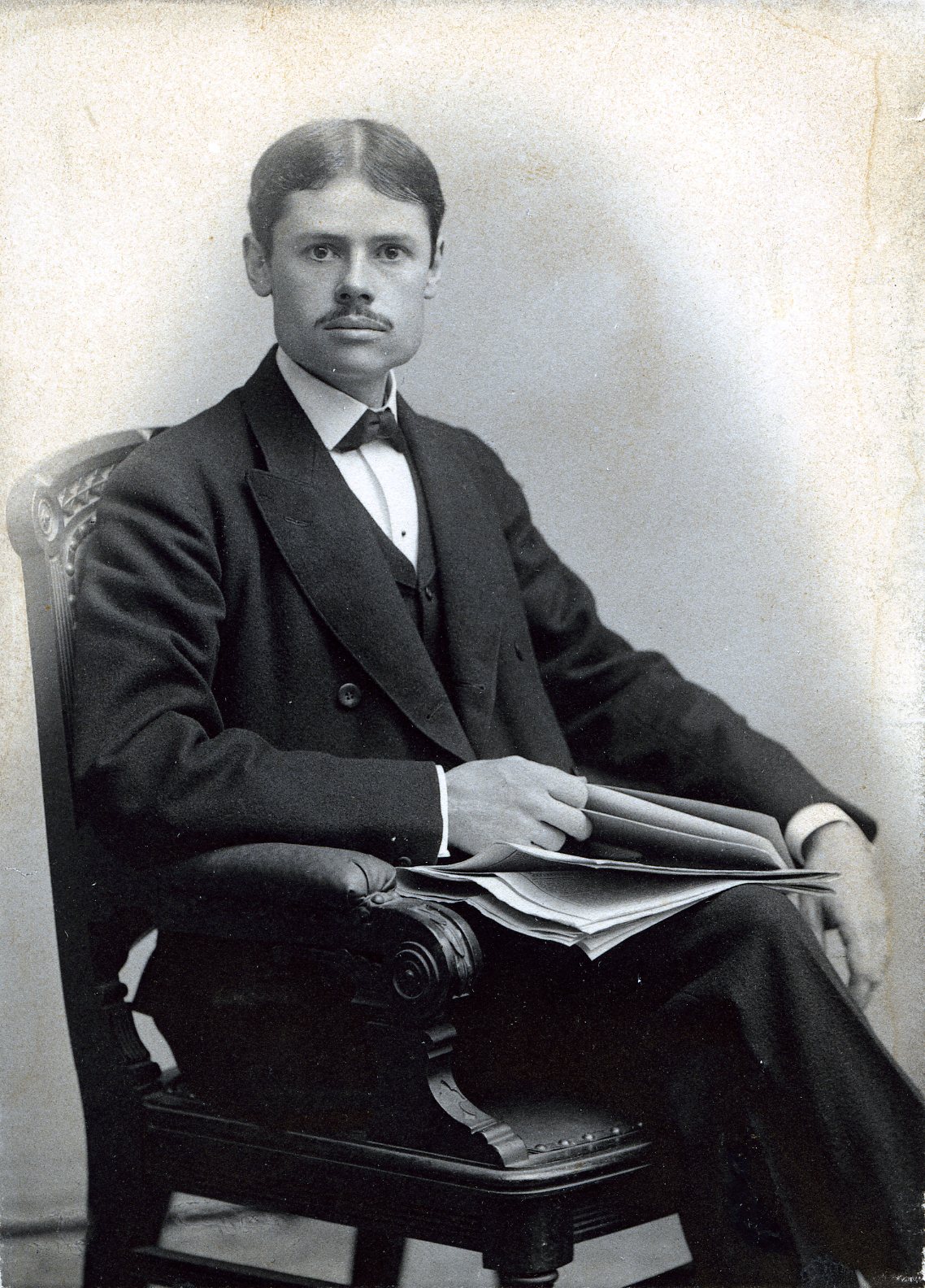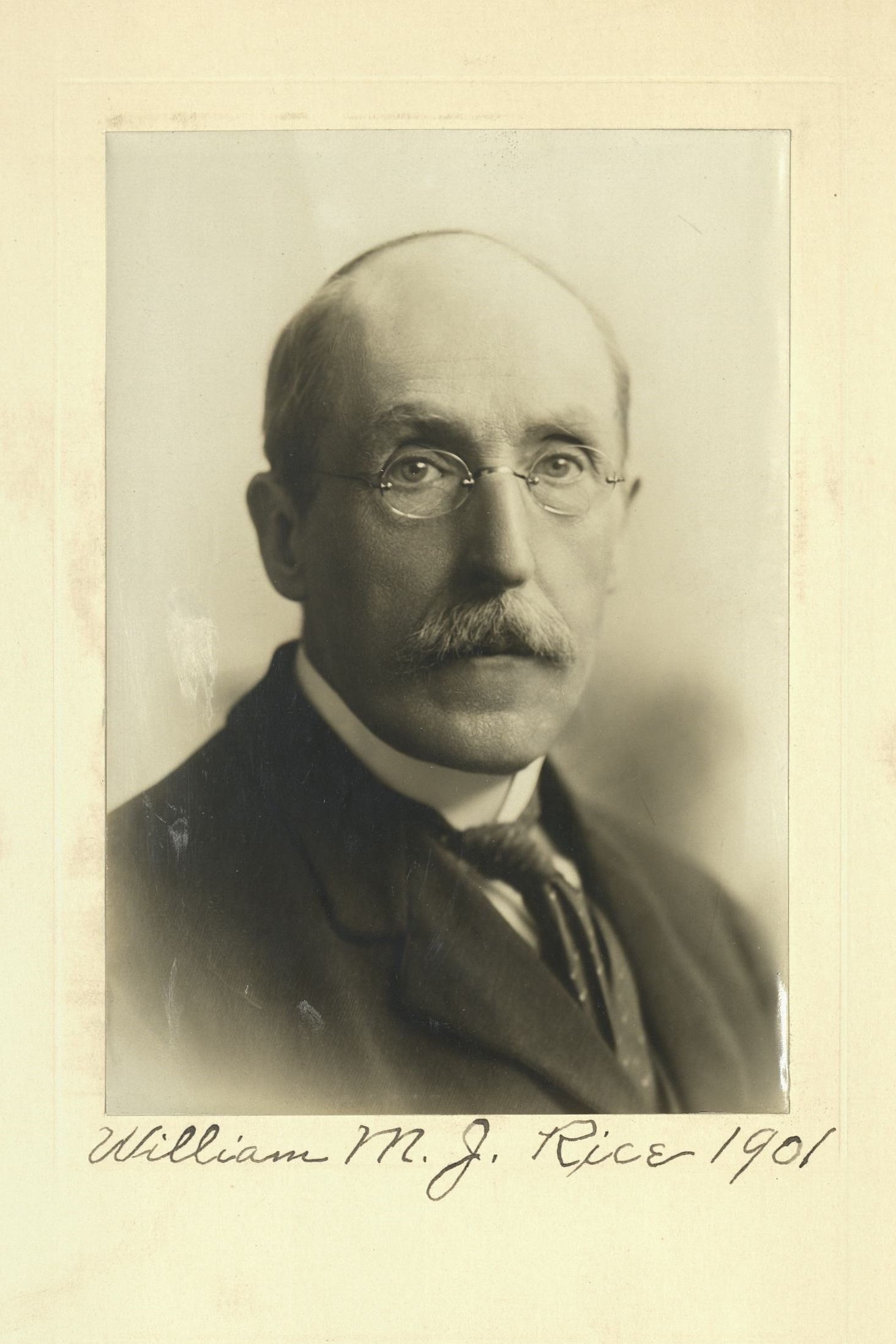Member Directory,
1847 - 1922
Howard Russell Butler
Artist
Centurion, 1892–1934
Eastman Johnson, Homer D. Martin, John La Farge, and William Crary Brownell
New York (Manhattan), New York
Princeton, New Jersey
Age thirty-five
Princeton, New Jersey

Century Memorial
From his out-of-town home, Howard Russell Butler was a frequent visitor at the Century’s library and lunch-table. Few of his seat-mates managed to draw from the little man with the more or less desultory conversation any comment on his own achievement. But the critics and his fellow-artists recognized Butler as one of our outstanding painters of marines. His “Maine Cliffs in Moonlight” and his “Clearing after Easterly Gale” are perhaps most characteristic of his imaginative skill, but his portrait paintings also had distinction. Probably Butler’s fellow-citizens will remember him best—such is the cult of the unusual—for his remarkable paintings of three total solar eclipses. Those pictures, which now hang on the walls of the Natural History Museum, have a quality altogether their own. Possibly Butler himself could not have placed so vividly on his canvas the fleeting change of lights, the mysterious obscuration of the heavens, had he not possessed the background of a student of physics and an amateur astronomer. When it is said that his paintings of the eclipse[s] of 1918, 1923 and 1925 could not in the nature of the case be leisurely reproduction of a continuing scene, but that his rapid sketches had to be supplemented by shorthand memoranda, jotted down at ten-seconds’ intervals, of “value and color of sky,” “outline of corona,” “colors of moon” and “positions, color and value of prominences,” the scope of the artistic problem may be imagined. It was said that on one occasion Butler, painting a night picture of seacoast scenery, was suddenly confronted with an unexpected Aurora borealis. He instantly abandoned his rocks and surf and shore to apply his “color cipher” to capturing for color reproduction the changing Northern Lights. The result was an amazing picture.
Alexander Dana Noyes
1935 Century Association Yearbook
Related Members
Member Directory Home-
 Thomas Shields ClarkeArtistCenturion, 1897–1920
Thomas Shields ClarkeArtistCenturion, 1897–1920 -
 Elmer E. GarnseyDecorative ArtistCenturion, 1896–1946
Elmer E. GarnseyDecorative ArtistCenturion, 1896–1946 -
 Eastman JohnsonArtistCenturion, 1862–1906
Eastman JohnsonArtistCenturion, 1862–1906 -
 Franklin B. KirkbrideMerchant/AuthorCenturion, 1911–1955
Franklin B. KirkbrideMerchant/AuthorCenturion, 1911–1955 -
 John La FargeArtistCenturion, 1860–1910
John La FargeArtistCenturion, 1860–1910 -
 Homer D. MartinArtistCenturion, 1866–1897
Homer D. MartinArtistCenturion, 1866–1897 -
 William M. J. RiceArtistCenturion, 1901–1922
William M. J. RiceArtistCenturion, 1901–1922 -
 Henry T. SeymourMerchant/ExporterCenturion, 1918–1938
Henry T. SeymourMerchant/ExporterCenturion, 1918–1938





